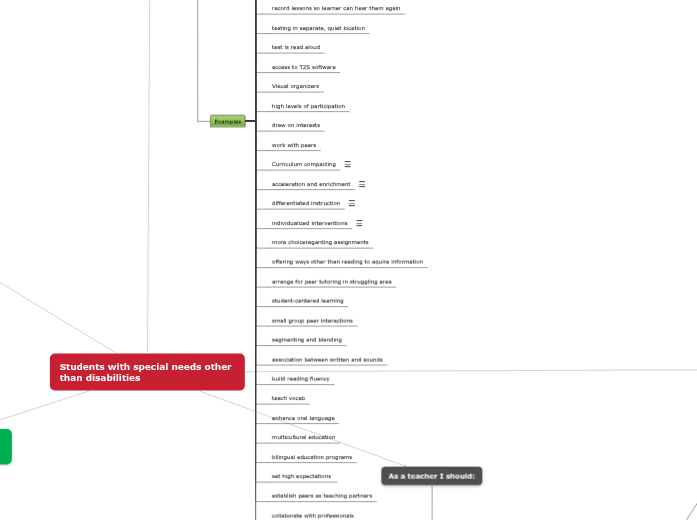Abortion
the spontaneous or provoked termination of a pregnancy before the twentieth week
two different types of abortions
Induced abortion
Different procedures such as suction or aspiration, dilatation and evacuation or prostaglandins
Putting women's lives at risk
Infection, cervix trauma, hemorrhage, uterine perforation, cardiac arrest or cerebral embolism
the interruption of a pregnancy caused intentionally, either by medication, or by mechanical intervention
in some countries legal if the pregnancy puts at risk the life of the mother, if the fetus has serious and irreversible congenital malformations or pregnancies for forced sexual intercourse or all legal abortions.
two types
Eugenic abortion
there is an important risk or probability that the fetus is affected by anomalies or congenital malformations
Psychosocial abortion
the one performed for personal, family, economic, social reasons
Spontaneous Abortion
the natural termination of a pregnancy, the body expels pregnancy itself without the help of medicines or surgical interventions
5 types
Complete abortion
Total expulsion of the embryo or fetus and the ovular membranes; pain disappears and genital bleeding decreases
Incomplete abortion
Partial expulsion of embryonic or trophoblastic remains
bleeding that can be profuse
Abortion withheld
The embryo or fetus dies or is detached and is retained in utero and there is no expulsion of ovular remains.
Abortion in progress
Pelvic pain that increases in intensity and genital bleeding is greater
Threatened abortion
menstrual cramp pain that usually radiates lumbosacral region associated with scarce genital bleeding
of 50% of the cases towards aborted abortion, incomplete abortion, or complete abortion.
different etiological factors
Paternal factors
The chromosomal translocation in the sperm can allow a zygote with an increase or decrease in the genetic material
Maternal factors
Environmental factors
Traumatic
Uterine alterations
Immunological factors
Radiation
smoking and alcoholism
physical diseases
Endocrine diseases such as hypothyroidism and DM
Severe malnutrition
Chronic diseases such as tuberculosis and arterial hypertension
Infections
Fetal or chromosomal factors
an abnormal development of zygote
different abnormalities
Euploid abortion
isolated mutation or polygenic factor, several maternal factors and possibly some paternal
Triploidy
Hydropic degeneration of the placenta
Monosomy X (45X)
most common chromosomal abnormality compatible with life (Turner syndrome)
Autosomal trisomy
Isolated translocation or inversion of the arm of a chromosome, being more common in 13, 16, 18, 21 and 22
Aneuploid abortion
error in maternal gametogenesis and 5% of paternal gametogenesis. Less than 10% was error in fertilization and zygotic division









